Get to Carbon Neutral Faster and Easier
The demand for computing power and digital services is exploding. In the last decade, global internet traffic increased ten-fold and data center storage capacity increased by a factor of 25.
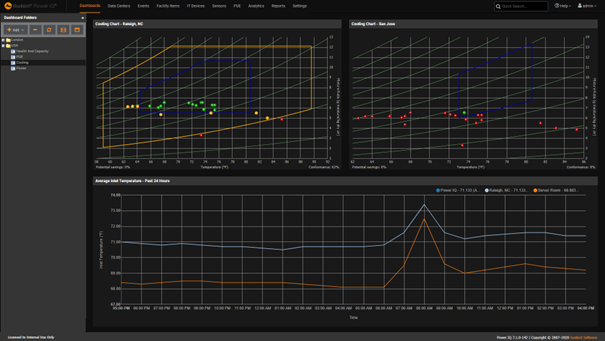
The demand for computing power and digital services is exploding. In the last decade, global internet traffic increased ten-fold and data center storage capacity increased by a factor of 25.
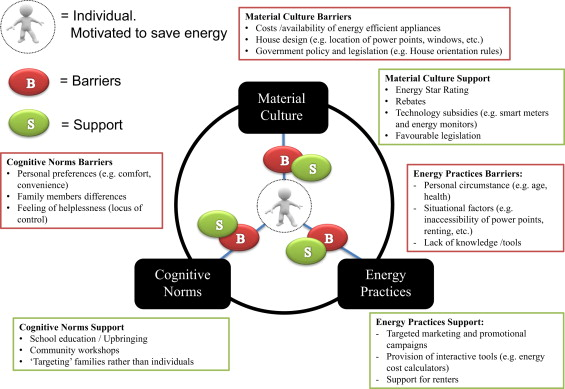
Today, it’s becoming more common for organizations to have green data center initiatives to drive energy-efficient behaviors both from internal and external customers.
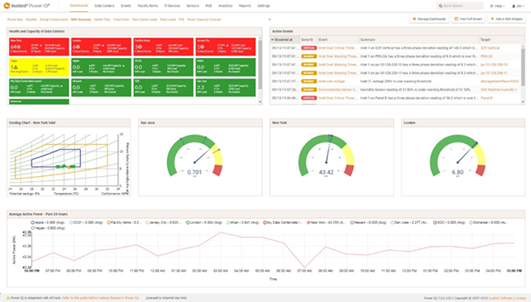
If your data center infrastructure is outdated or your data center’s utilization of space, power, and cooling resources is inefficient, you stand to benefit greatly from consolidation and virtualization efforts that will decrease the number of physical assets you have and the associated resources they consume.
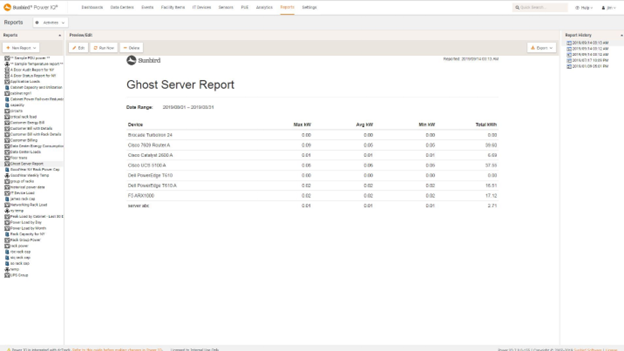
Up to 30% of servers may be “ghost servers” or “zombies”—idle servers that are physically running and consuming energy but are not performing any useful functions.
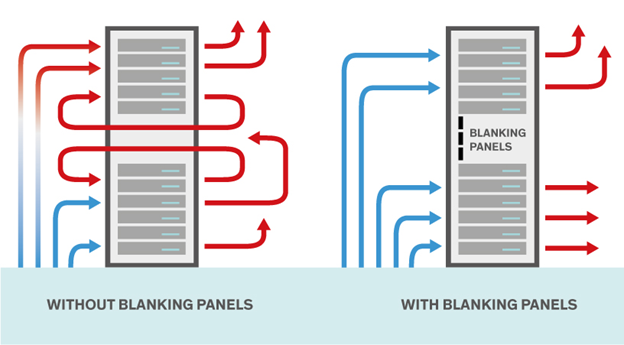
Cooling accounts for about half a data center’s energy consumption, so improving the efficiency of your cooling infrastructure is critical for improving overall efficiency. One often-overlooked way to achieve this is by optimizing airflow.
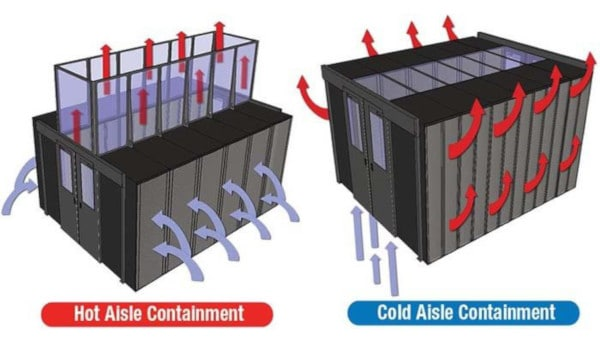
Ceiling panels and doors enclose the hot aisle between rows of cabinets so that warm exhaust air can be separated and returned to the cooling system. Implement a data center containment strategy where cold supply air from cooling units is separated from the hot exhaust air from IT equipment.
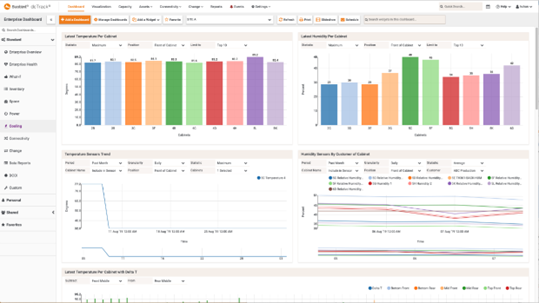
Most data centre professionals are familiar with Power Usage Effectiveness (PUE), which is the ratio of total facility energy to total IT equipment energy. The closer to 1.0 your PUE is, the more efficient your data centre is.
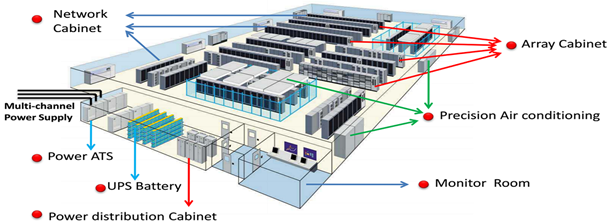
Deploy a complete data center management solution to dramatically reduce energy consumption and drive sustainability.
As data centers continue to require more energy to keep up with the demand of modern consumers and businesses, so too does the spotlight as customers, governments, and industry regulators increasingly push for increased sustainability and social responsibility.

In recent years, data centre infrastructure has become significantly more reliable and management practices have improved, so it would be fair to expect that the number of reported downtime incidents is decreasing. But this is not the case.
According to a 2018 survey by Uptime Institute, 31% of respondents experienced a downtime incident or severe degradation in the last year and 48% reported at least one outage at their site or at a service provider in the last three years.
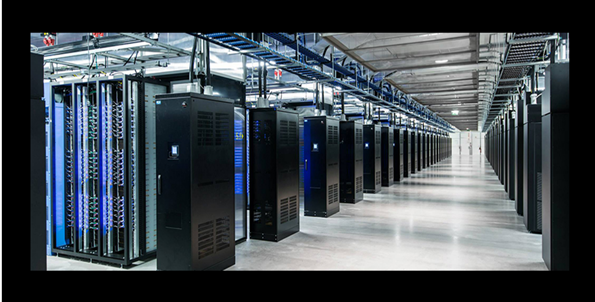
Good network documentation practices improve uptime and increase the speed at which you can deploy equipment. Plus, if there is an issue, you can quickly trace cables via your documentation to determine the root cause rather than having to manually trace cables. Without proper documentation, you risk mismanagement of resources, ineffective use of capacity, inability to move or install equipment, unsafe operating environments, and increased capital expenditures for new cabling and hardware.